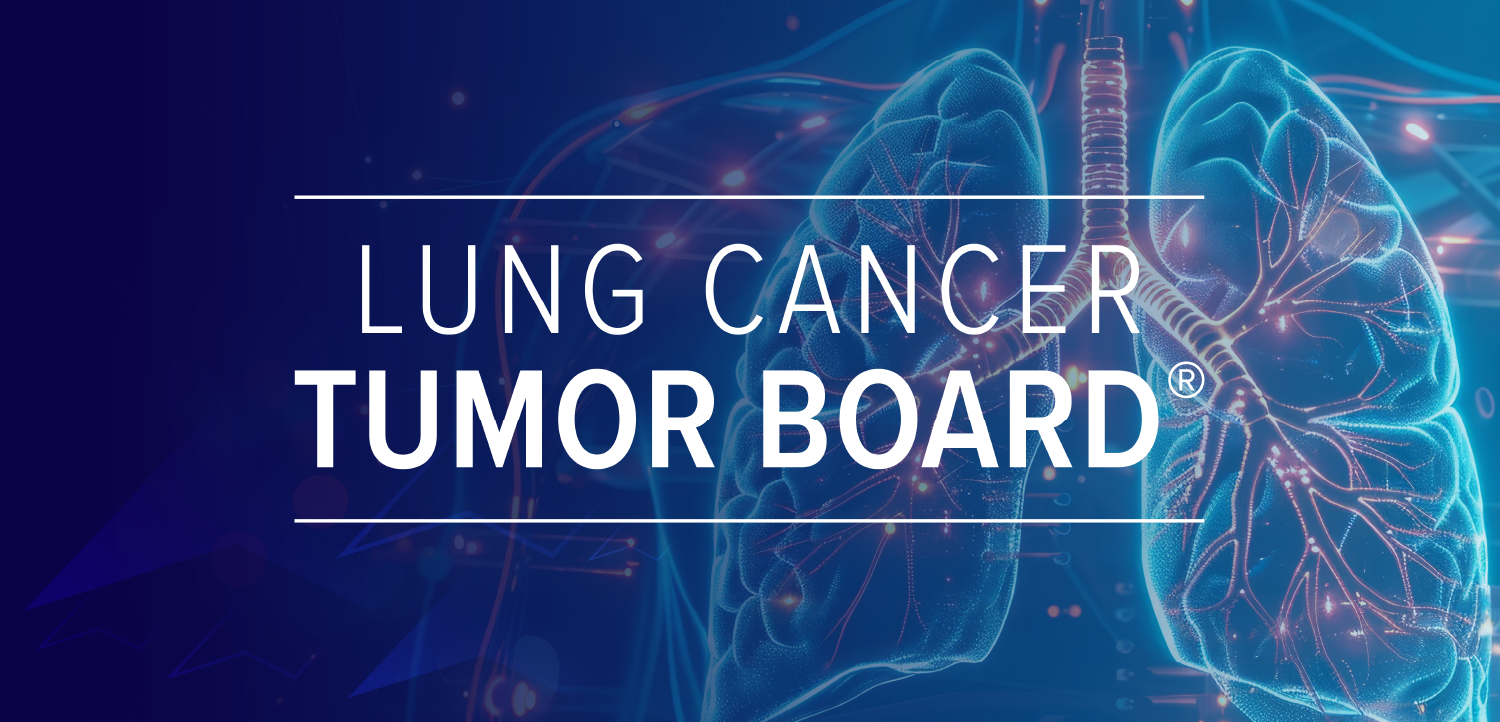
Native American Women Undergo Breast Reconstruction Surgery Less Often Than White Patients
American Indian and Alaska Native women also had higher comorbidities and less access to private insurance than White women.
American Indian and Alaska Native women have fewer postmastectomy breast reconstructions than their White counterparts, the results of a recent study show.
The
A team of researchers led by McKenzie J. White, M.D., a general surgery resident at the University of Minnesota, used data from 2004 to 2017 from the National Cancer Database (NCBD) to identify women ages 18 to 64 who underwent a mastectomy for any stage of breast cancer. It’s estimated that the database accounts for about 70% of all newly diagnosed cancer cases in the United States.
Approximately 414,036 white women and 1,980 American Indian and Alaska Native women were identified. Researchers found that although breast cancer is less common in American Indian and Alaska Native women, it is often diagnosed later and has a higher mortality rate. American Indian and Alaska Native women are also more likely to undergo mastectomy rather than breast conserving therapy such as a lumpectomy. Between 2004 and 2017, postmastectomy reconstruction numbers for Native women increased from 13% to 47%. However, these rates are still significantly lower than White women where 62% receive the surgery.
“Multiple factors, including accessibility of radiation therapy (RT), geographic barriers, and chronic medical conditions may contribute to the use of mastectomy over BCT in AI/AN women,” the researchers wrote in the report. “The disproportionate use of mastectomy in AI/AN women compared with NHW women suggests opportunities for improvements in surgical breast cancer care for these patients.”
Cultural beliefs of Native women may also contribute to these statistics, especially if they live in rural areas. In one study of rural American Indian women from
“Qualitative research into AI/AN perspectives on breast cancer care could improve shared decision-making between physicians and AI/AN patients,” the study authors wrote. “Further research should elicit AI/AN perspectives on postmastectomy reconstruction, and guide early breast cancer detection and treatment.”
This study has some limitations. Since Native populations have been misrepresented for generations, it is possible that they have been misclassified as other races in the NCDB and could be a reason why the subset was so small. The NCDB also does not include patient preferences.
Newsletter
Get the latest industry news, event updates, and more from Managed healthcare Executive.






















































